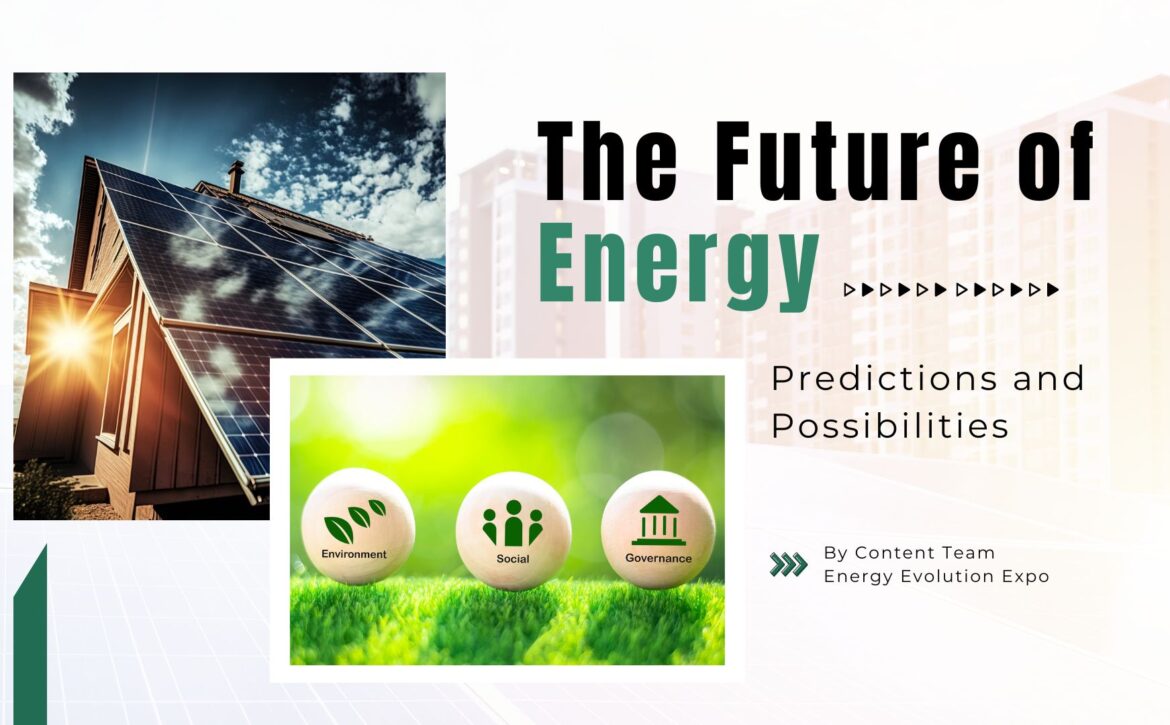The Future of Energy: Predictions and Possibilities
The energy landscape is undergoing transformative changes, driven by technological advancements, policy shifts, and growing environmental concerns. As we look toward the future, several key predictions and possibilities emerge that will shape the energy sector in the coming years.
Key Predictions for the Future of Energy
1. Solar Energy Growth and Challenges
While solar energy has seen remarkable growth, predictions indicate a slowdown in the rate of new installations starting in 2024. This is part of a natural maturation process of the industry, characterized by an S-curve growth pattern. Despite this slowdown, the total global solar capacity will continue to expand significantly, driven by innovations in technology such as bifacial solar panels and perovskite cells, which promise to enhance efficiency and reduce costs.
2. The Rise of Green Hydrogen
Green hydrogen is expected to become a critical player in the energy transition. As advancements in electrolyzer technology improve efficiency and reduce production costs, green hydrogen will find applications in various sectors, including transportation and industrial processes. This shift will diversify energy sources and support the broader transition to sustainable energy systems.
3. Decentralized Energy Systems
The trend towards decentralization will empower individuals and communities to take control of their energy production through microgrids and peer-to-peer trading platforms. This shift not only fosters energy independence but also enhances resilience against disruptions in the energy supply chain.
4. Investment in Renewables
Investment in renewable energy is projected to soar, with over $1.2 trillion expected to be allocated annually by 2030. This investment will significantly outpace funding for fossil fuels, as institutional investors increasingly divest from coal and focus on sustainable energy projects. The establishment of a global carbon price may further incentivize this shift, making renewables more attractive.
5. Technological Innovations in Energy Storage
As renewable energy sources like solar and wind become more prevalent, effective energy storage solutions will be critical. Innovations in battery technology and energy storage systems will address the intermittent nature of renewable energy, ensuring a stable supply and facilitating the integration of electric vehicles into the energy landscape.
6. Policy Support and Regulatory Changes
Government policies will play a pivotal role in shaping the energy sector. Expect increased emphasis on sustainable practices, with incentives such as tax credits and favorable regulations encouraging the adoption of renewable technologies. Additionally, international agreements, like those reached at COP28, will set ambitious targets for reducing reliance on fossil fuels and enhancing renewable energy deployment.
7. Geoengineering and Carbon Capture
With the urgency of climate change, geoengineering techniques may gain traction as potential solutions for carbon capture and climate stabilization. As the global carbon budget shrinks, discussions around the ethical and practical implications of geoengineering will become increasingly relevant.
Conclusion
The future of energy is poised for significant transformation, marked by a shift towards sustainability, technological innovation, and increased public engagement. As we navigate these changes, the focus will be on creating resilient, decentralized systems that harness renewable resources effectively. The journey toward a cleaner energy future is not only about technology but also about redefining our relationship with energy and the environment. Embracing these trends will be crucial for individuals, businesses, and governments alike as we work towards a sustainable energy future.



